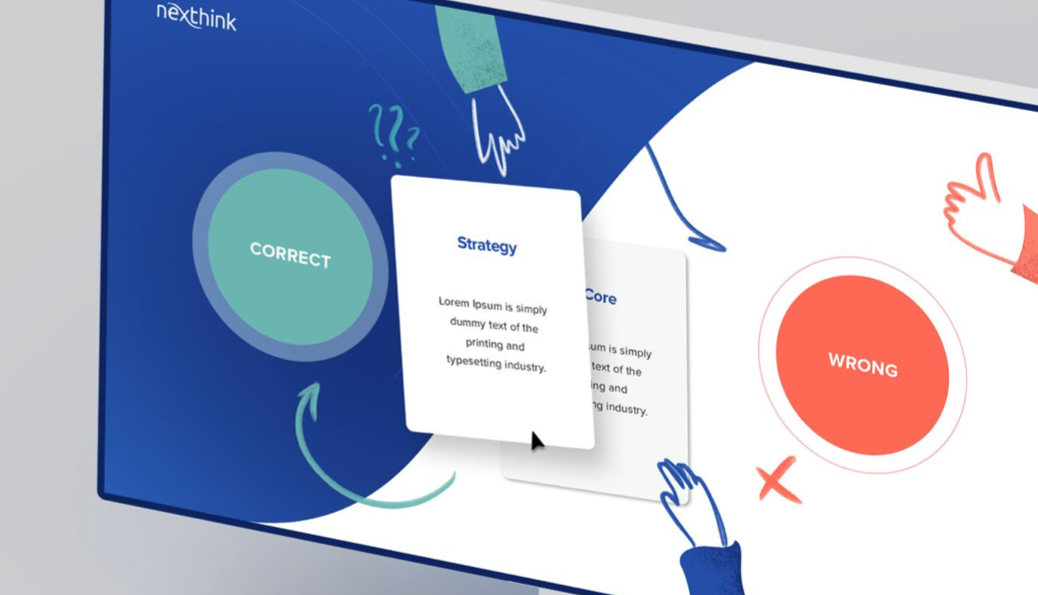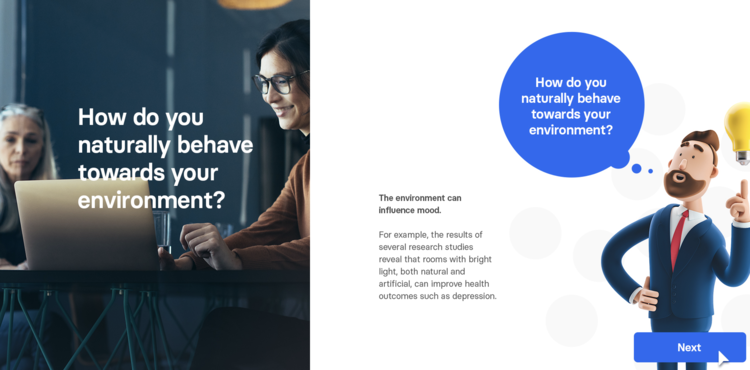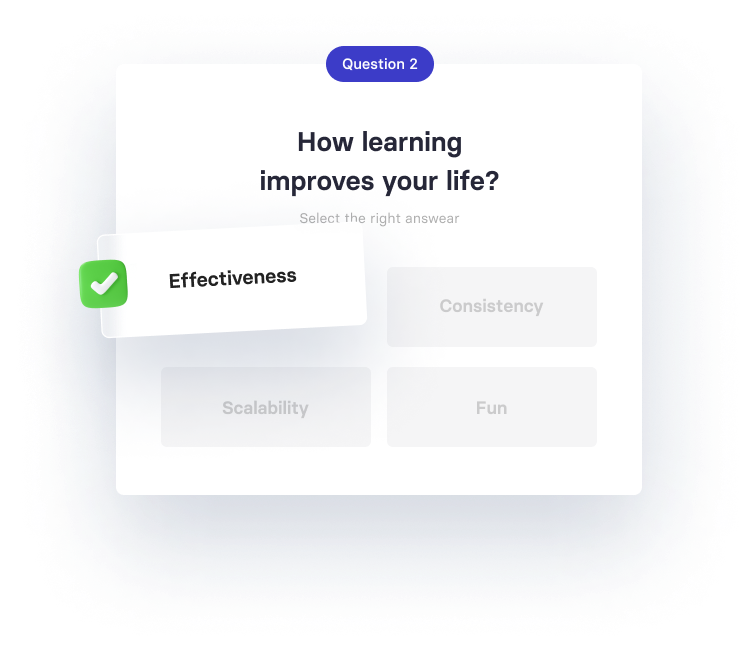How To Design An eLearning Course
If you are interested in creating an eLearning course, you have come to the right place.
At TheLearning LAB, we understand that creating an eLearning course can be intimidating, even if you have done it before.
As a firm, we have worked with passionate professionals to design cutting-edge courses that teach learners everything they need to know about their chosen subject and achieve their personal and professional goals.
In this guide, we will walk you through our process of designing an effective eLearning course and show you how you can create one for your organization. Read on
Start with a thorough research
The first step in creating a stellar eLearning course is to start with thorough research. You need to understand who your audience is. This will help guide you in choosing an eLearning platform that fits your needs and requirements.
It might seem like a no-brainer, but choosing the right subject for your eLearning course is extremely important. The goal of your eLearning course should be to teach an individual or group how to complete tasks and meet goals - so make sure that you pick a topic that will help them do that.
In addition, find out what your learners expect and desire in terms of an eLearning experience. It may seem obvious, but you don't want to waste time putting together an eLearning course that no one will ever use!
Decide your elearning objective
When designing an eLearning course, it is critical, to begin with, a clear learning objective.
What are you trying to achieve? Do you want learners to develop basic skills, or are you hoping they will be able to perform a task? It may seem obvious, but it is easy to get lost in details when designing your course and forget why you're building it in the first place.
You need to remember that design is ultimately about achieving your goal (in other words, making things happen).
So ask yourself: How will I make sure my learners meet my learning objective? What design elements can I add to ensure learners do what I want them to do?
Choose the right eLearning platform
eLearning platforms are great for eLearning content development, but the most important factor in choosing the right one for your business.
Start by asking some questions: How big is my company? What sort of courses will I be creating? What kind of budget do I have at my disposal? Do I need our training programs to be accessible from anywhere and on any device?
With the answers in hand, review your shortlist and pick what best fits the needs of your business. The number-one rule for eLearning platform selection is opting for one that keeps it simple such as TheLearning LAB.
At TheLearning LAB, we understand that simplicity reduces cost while complexity creates new costs and headaches that drain time and money.
Create your characters and storyboard
When creating in eLearning courses, an often-overlooked element is ensuring your characters are interesting and diverse. After all, few things kill a learner's attention span more than boring characters.
You can use TheLearning LAB's character template builder to ensure that every character looks unique and represents different personality traits that mimic those of real people.
Decide on the elearning video assets you need
One of your biggest considerations is to decide what type of elearning video assets you will need.
You might need a combination of animated characters, stock photos, background music, and voice-over talent to communicate your point effectively.
Unless you plan on creating an elearning course from scratch, selecting these assets will be an integral part of your process—and one that could add hours to your time spent on developing elearning course materials.
Assemble all the course elements in the course authoring tool
The elements of an eLearning course can vary depending on the topic and complexity.
For example, a course about installing Microsoft Word may require instructional text and imagery.
In contrast, a course about leadership may include personal anecdotes from the instructor or short eLearning video clips of interviews with experts in the field.
Regardless of what elements you include in your eLearning course, assemble them in the authoring tool.
At TheLearning LAB, we have a powerful authoring tool that helps you create eLearning courses quickly and also track the individual progress of each learner.
Tell a story
Telling a story is a simple way to engage people's attention not just in training and development but pretty much anywhere.
If you want to get your message across, make sure that it resonates with employees and sticks in their minds. It is always good to start with something relevant, especially if working with eLearning content development.
For example, you can talk about why security systems are so important in today's workplace and how they are a valuable asset to use in increasing safety.
Then, follow up by telling an actual story related to your topic—be sure that it has a relevant point of interest at its core.
Make it visual
An eLearning course is more like a movie than a book. It is important to ensure that you use visuals and multimedia, so your learners can focus on learning rather than trying to figure out what they are supposed to be doing.
The problem is that creating visual content requires skill, time, and money—something many entrepreneurs don't have. But you can overcome those obstacles by using TheLearning LAB eLearning platform.
Our eLearning platform simplifies everything from brainstorming ideas to writing storylines to create custom graphics for your eLearning course. All without breaking your budget or taking days of your time.
Include assessments and quizzes
Assessments and quizzes serve two important functions: they are a tool for learners to gauge their understanding and progress. They are an opportunity for you to collect information about how well your content is being received.
Be wary of sending long assessments that aren't related to what is being taught in your elearning course - people will get frustrated by them, and you will lose out on valuable data.
Include a few shorter assessments at strategic moments in your content, ask questions from time to time and try creating a short quiz at the end of every module or unit.
Go with the flow
Elearning courses are usually created collaboratively. More than one person is involved in the creation of an eLearning course.
One reason for using these approaches to creating and designing an eLearning course is that it helps you get over any fear that might be preventing you from getting started on your project and can also help you avoid any major pitfalls.
Going with the flow when creating an Elearning course allows for greater creativity and experimentation, which increases the likelihood of coming up with new ideas, something vital if you want to create Elearning courses that will stick out from the rest.
Create a prototype for the elearning course
You will have to create a prototype of the course. While the prototype may never be published, it gives you a chance to see if your elearning course design is working and flows properly.
Begin by creating outlines for each section and building the slides or activities one at a time.
Don't forget to include rough recording instructions if someone else will be narrating. The overall goal here is to get a sense of how it will look together when you publish.
Perform a Beta review of the eLearning course
While having a Beta review conducted by a professional evaluation team can be costly, it will provide valuable insight into whether or not your intended audience will be able to use the material effectively.
Asking for subject matter expert reviews is generally acceptable. Still, you might even want to hire someone internally—say, an employee who just completed training on something similar.
In addition to giving you useful feedback about the course content, they may also recognize areas that could be better explained or organized.
Make final corrections to your eLearning course.
It is important to make final corrections to the course as well. During the course design stage, minor changes can be made easily.
Make the small adjustments required and move on. Once you have finalized your eLearning content development, review the material from top to bottom.
Use a checklist of your project objectives and have others involved in the training evaluate it for a final time before publishing it.
Test your eLearning course in the customer's system.
The best way to see how well your course will work is to test it out in the system you will eventually be using.
This can be tricky if you are making a course for an external customer, but in that case, ensure you use an eLearning platform that is compatible with external systems just like TheLearning LAB.
If you design the eLearning content for a more internal audience, create a sandboxed environment for the pilot elearning course.
Publish and advertise the eLearning course
If you create a high-quality eLearning course, it is time to roll out and advertise. Write a press release, start posting the eLearning course on social media, and send out an email newsletter announcing the new offering.
This will create more buzz and interest for your new product. The sooner it is available, the sooner you can get students enrolled and start making money off of your hard work.
Evaluate and measure the return on investment.
You can also evaluate the course and measure the return on investment. If you need to make some changes, don't worry.
This is a normal part of the process. You might want to improve your content based on the feedback from participants or add more variety to keep things interesting.
You must adapt your elearning course based on these evaluations and return on investment analyses no matter what you do.
At TheLearning LAB, we can create premium-quality eLearning courses for you
Over the years, TheLearning LAB has helped organizations create so many eLearning courses, focusing on how to use storytelling techniques to connect with learners and positively engage them.
There are two major components to our eLearning solutions: we help clients identify and define their goals, understand their audiences, create their stories, and develop visual content; we also build responsive eLearning courses for desktop, mobile devices, and other common learning environments.
We work closely with you through every step of your course development process, from initial planning to execution. And at each stage, we give you as much support as you need—from project management services to technical support on course delivery and hosting.
In addition to producing industry-leading custom videos, animations, and interactive elements, our award-winning creative team also specializes in creating captivating eLearning content that supports training objectives.
Get in touch







